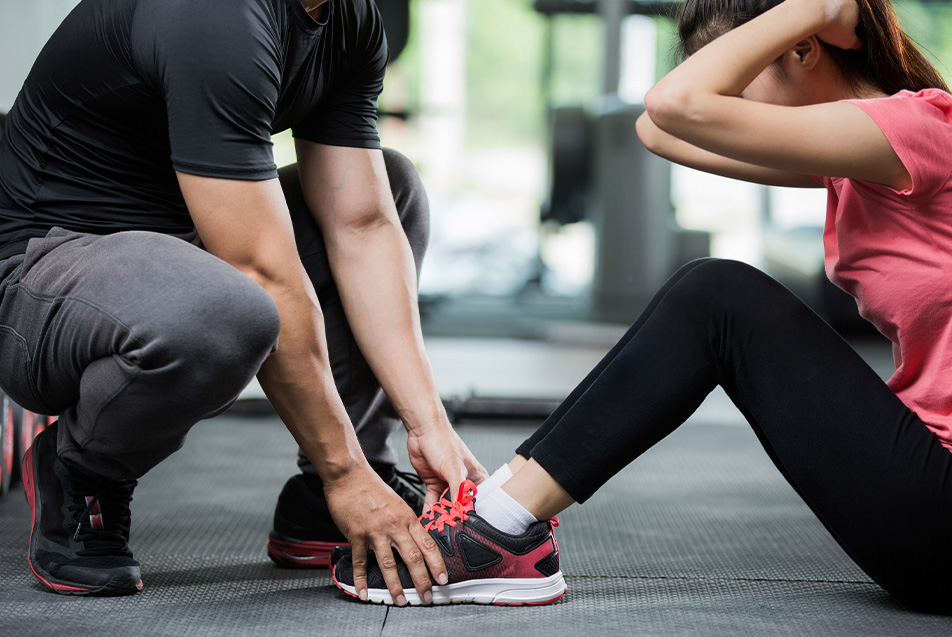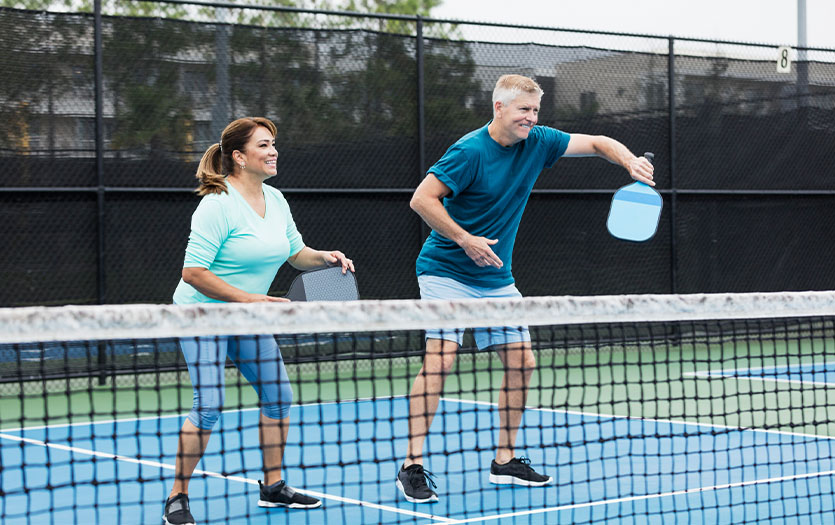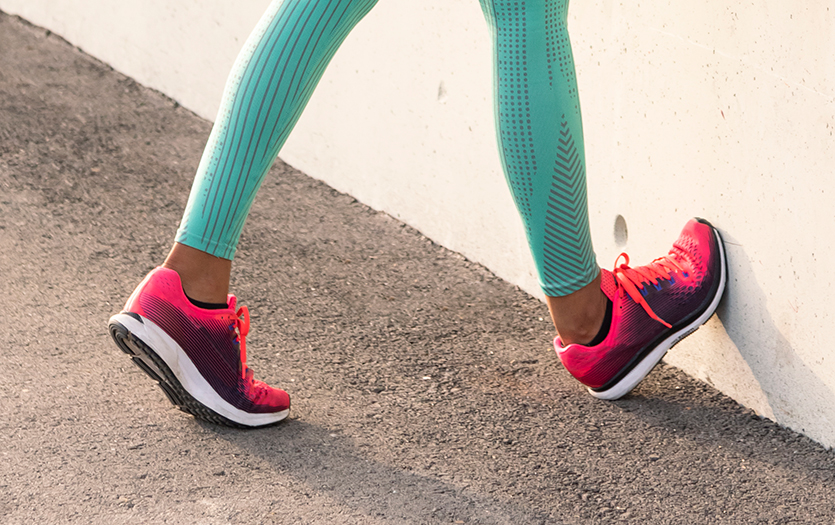
Many things have been suspended since March, including the shutdown of high school sports programs. With athletes and coaches feeling the effects, we asked Lindsey Foust, certified athletic trainer, Parkview Sports Medicine, to share what her role as an athletic trainer entails and how things have changed since COVID-19.
How would you describe your job as an athletic trainer before COVID-19?
As an athletic trainer at a high school, I’m in a unique position within the sports medicine bubble in that I get to affect and touch every aspect of it. There are days when I’m there before school lets out, working on paperwork and completing administrative tasks. After school lets out, I’m there for pre-practice treatment, taping, first aid and rehabilitation exercises for athletes who may be coming back from an injury.
Once the athletic training room is cleared out, I head out to the practice or game. As the athletic trainer, I’m there as the primary medical provider for the athletes. If something were to happen during a practice or a game, whether it’s a cut, scrape, broken bone, dislocation, a strain, sprain or concussion, I’m the first line of defense to help facilitate care and determine if it’s something that can be handled on sight or if we need to refer them to the Emergency Department and another provider.
As an athletic trainer, I have direct access to the physicians, physical therapists and nutritionists that we have on staff. I’m able to directly communicate with parents to make sure everyone’s in the loop. I try to keep all communication, with all parties, running through me.
What made you want to become an athletic trainer?
Growing up I was always involved in athletics. I loved sports and serving others, so I knew that I wanted to go into the medical field in some way. When I was in high school, I experienced an injury and had to work with the athletic trainer at my high school. I had the opportunity to shadow him and spend time learning from him. I felt like this was the best combination of the things I enjoyed: sports and medicine. Once I got to undergrad, I completely fell in love with the profession.
How has your role changed since the pandemic?
In the world of athletics, the need to adapt and be flexible is crucial. With COVID-19, that need has been elevated. Everyone wants to get back to normal, but we may not get back to what normal was. Instead, we have the opportunity to make things better and learn from the circumstances we have in front of us.
What does that mean? At the moment, it means paying even more attention to little details and being diligent every day. It means making sure things are getting sanitized, that athletes and coaches are wearing masks, that everyone is keeping up with proper social distancing practices and providing hand sanitizing stations in high traffic areas. Our goal is to keep things as clean and safe as possible while following all guidelines that have been put in place by the state of Indiana and our local school district.
Are temperature checks and symptom screenings now a part of your athletic training role?
We have a great team in place at Northside High School. Between our coaches, administrators and Sports Medicine staff we’re all collaborating on this effort together. Students are taking a self-screening assessment on their phones before they come to practice. If they don’t have access to it before they get here, we have computers set up for them so they can check in with me or a coach before starting practice. We have great coaches at Northside who are doing a great job of communicating with their students and team on what symptoms to be looking for and the proper precautions to take.
What are your biggest concerns during this pandemic as an athletic trainer?
I truly believe it’s important to view our patients holistically and look at every aspect. They are not just an ankle sprain when they hop up on that table. They’re real people. The hardest thing is trying to keep kids as safe as possible while allowing them to do the things they love while still being a part of their team and coaches that will love and mentor them.
It’s about finding a balance. Understanding that kids want to play sports. They want to be around their friends and be a part of the team. The biggest change for me was understanding that somedays an athlete may come in feeling great while other days they may not. It could be physical, mental, emotional or spiritual. Each one can be a factor and during a pandemic, we want to provide a safe space for our kids. We want them to get back to what they love, but we also want to make sure we are mitigating as many risk factors as possible, so they can do it safely and healthily.
Are you concerned that athletes might push themselves too hard, too fast?
The IHSAA has put a limit on the number of hours that athletes have during the week to practice. We must trust our coaches and athletes to abide by those rules since there’s a good chance that kids may not have been exercising or physically active since March. It’s especially important now, mid-July with the heat and humidity, that we make sure kids are bringing their water bottles and have access to water when they need it.
As athletes go through heat acclimatization, getting their bodies adjusted to the heat, moving, exercising and working out, we make sure they’re functional and have a solid foundation before we put them back out into full contact scrimmaging or lifting a lot of weight in the weight room. Our coaches at Northside have been great about monitoring what athletes are doing in the weight room and outside during conditioning sessions, trying to get everyone back into the groove slowly but surely.
I think there’s a mindset of not doing anything since March and wanting to make up for it right now. I think that’s where athletes can get into trouble. Instead, we want to focus on taking one day at a time and easing kids back in, doing things the right way so we aren’t putting athletes in harm’s way.
Is there anything else you’d like to add?
I love this quote: “The meaning of life is to find your gift, the purpose of life is to give it away.” For me, when we had that downtime in March, it was very eye-opening. Kids need athletics and to be around a team, but I realized how much I need them as well.
As COVID-19 hit our area, many athletic trainers were deployed into other areas of the hospital, which was a great experience, but it made me miss what I normally do on a daily basis, being around athletes and building relationships with kids.
The pandemic has made it even clearer that being flexible and adaptable is crucial. Take social distancing, for example, normally, if there’s an ankle sprain, I’d walk right up to an athlete, do manual muscle tests, put my hands on their ankle, feel around, etc. Now, I must ask questions without making contact unless I absolutely need to. We’re all having to change our practice a little bit, but it’s helped me become a better clinician by focusing on an athlete’s health history and asking the right questions.



